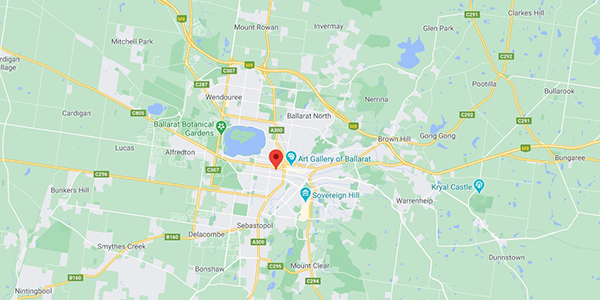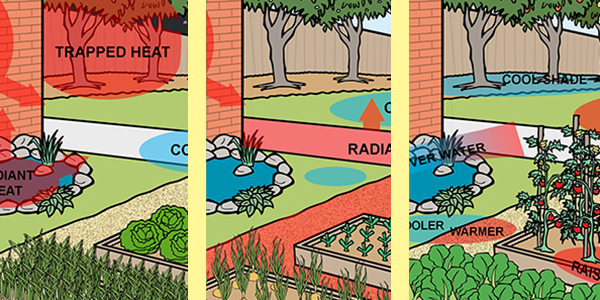Season summary for my food garden in Ballarat (Victoria), Winter, 2025. This is mainly of relevance to food gardeners in the Ballarat area, but it might be a useful comparison for those living further afield.
Ballarat’s weather this winter could be loosely described as fairly normal, which was in stark contrast to the three previous seasons which had temperatures well above average. The seasonal maximum mean temperature was .6 °C above the long term average while the minimum was .6 °C below. The most striking feature of this winter’s weather was the number of frosts we had, I recorded 22 frosts of various severity (and I wouldn’t have recorded all of them), which was double what I recorded last winter.
Rainfall came in at 108% of average for winter, which is a good result, but as the rainfall for the previous 12 months were well below average the soil below ground level is still pretty dry. It will take a number of seasons of above average rainfall to fill the dams and replenish deep soil moisture levels.
The official weather statistics for Winter as recorded by the Bureau of Meteorology’s Ballarat airport site. Click HERE to see a higher resolution PDF of this weather chart.

LEFT: Our Eureka lemon tree showing signs of frost damage towards the top. RIGHT: Detail of some of the damage. This tree usually has some frost damage done to its top each winter but this year it was particularly bad.
vegetables
The winter crop in general was pretty productive. Good sized cabbages, broccoli with large heads, though the secondary broccoli shoots pick was not as big as expected. The Brussels sprouts started off poorly with the first sprouts being flowery and small but they eventually came good. I put done the flowery sprouts to the extremely warm autumn weather, Brussels sprouts are more likely to be flowery in warm weather as they need cold to form the tight heads. The main problem was damage to cabbages and broccoli heads caused by marauding possums.

The broccoli heads were generally of a pretty good size this year.

Damage done to cabbage and broccoli plants caused by possums.
greenhouse vegetables
The vegetables in the greenhouse were excellent this winter with good crops of lettuces, rocket, coriander, baby spinach, Pak choi, bush and snow peas. There was no disease problems and only some minor slug damage.

Baby spinach, rocket and coriander growing in stepped planted pots in the greenhouse. Stepped planted pots are great for growing short cycled annual plants as they provide a continuous supply of these vegetables. For more information on stepped pots see: Growing Stepped Planted Vegetables In Pots.
Fruit trees
The citrus crop that started off well in mid-autumn has turned out to be the best ever with plenty of fruit on the Tangelo tree and a terrific crop of Lane’s Late oranges. The Eureka lemon and Wheeny grapefruit have also produced well though the damaged caused by possums and rats to the fruit has been much higher than usual.

LEFT: Our ever reliable tangelo tree. RIGHT: Our Lanes late orange tree (a variant of the Washington Navel orange). This photo belies its productivity as we have been picking oranges from it to make juice for over a month now.

LEFT: Damage done by possums to some Wheeny grapefruit. RIGHT: Damage done by rats to a Satsuma mandarin. As a general rule possums tend to eat just the skins of citrus fruit while rats will eat out the fruit and leave the skins.
chickens
Our five hens averaged 3.8 eggs per day this winter, which is down on the Autumn figure but still good for this time of the year.
There have been no signs of pests or diseases. Though one of the hens is producing an occasional egg with a shell that is slightly thinner at the top.

Photo of one of our hens. Photo taken by Robert Barnes.





